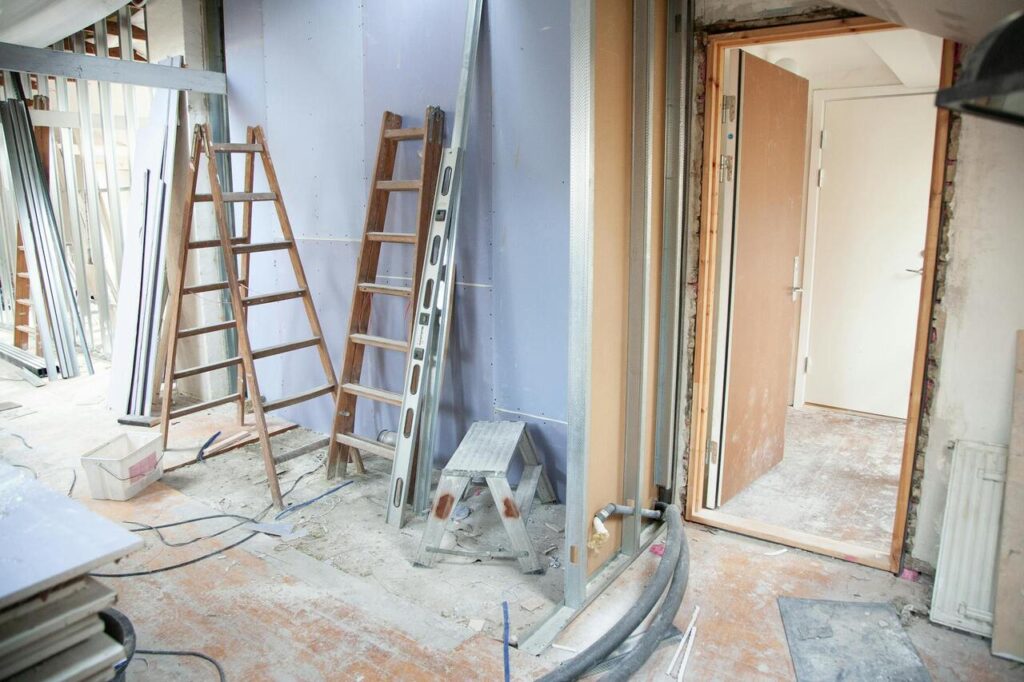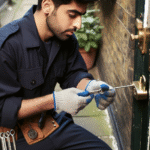Buying an older home comes with charm that’s hard to deny. Original hardwood floors, architectural details you won’t find in new builds, high ceilings, and that sense of history. Its imperfections of slight decay aren’t in vain, they represent some feeling or meaning.
But there’s a limit to this decay and inefficiency. Behind those plaster walls and vintage moldings, there’s often a less romantic reality: outdated or problematic insulation that could be affecting not just your energy bills, but your health.
Many homes built before the 1990s contain insulation materials that were, at the time, considered state-of-the-art, but have since been labelled inefficient and hazardous. One of the most concerning is vermiculite insulation, which is a lightweight pebble-like material that was popular from the 20s through to the 70s.
Let’s say you’re living on the east coast and dealing with this type of insulation. It’s important to seek certified asbestos abatement Massachusetts and work with specialists. Vermiculite removal in Massachusetts wouldn’t just be about Vermiculite, but also asbestos removal as they understand the proper handling procedures. Remember, around 70% of vermiculite insulation contains asbestos, and this is a life-threatening mineral that requires professional removal.
Understanding your home’s insulation timeline
The type of insulation in your walls and attic mostly depends on when your home was built, and you may not even have insulation if it’s a house from the early 1900s – they might just have air gaps between the walls. By the 1940s, builders started using rock wool and fiberglass batts, while the 70s saw the rise of blown-in insulation, including vermiculite and cellulose. Each era essentially had its own.
If your home was built before 1980, there’s a good chance you’re dealing with some outdated insulation. The telltale signs are struggling to keep a comfortable temperature and experiencing high heating bills.
Signs your insulation needs attention
Your energy bills will be the first clue that your insulation is failing. If they’ve been creeping up despite no change in usage, it could be time for a change. Ice dams forming on your roof in winter are another red flag as they occur when heat escapes through your attic. This then melts snow that then refreezes at the roof’s edge.
Within the home, pay attention to steep temperature variations between rooms. If your upstairs feels like a sauna in summer while the basement stays arctic, you’re experiencing the classic symptoms of poor insulation. Another biggie is having damp or mold on the walls or attic and condensation on the windows.
Making smart insulation upgrades
Upgrading your home’s insulation has three main benefits. Firstly, it makes living more comfortable when the temperature is just right. Secondly, it’s important for your own health as it can lead to lung and respiratory issues. But perhaps most convincingly for those who are hard up right now: It can be an investment that has a positive return. Because it can cut bills by 50%, it soon pays for itself.
Before you start on an insulation project, it’s worth getting a professional energy audit. These assessments use thermal imaging to identify exactly where your home is losing heat and help prioritize upgrades for maximum impact at minimal cost.






